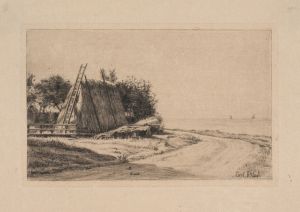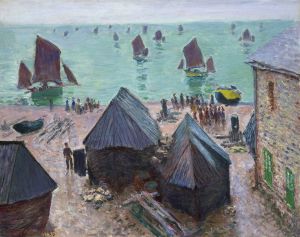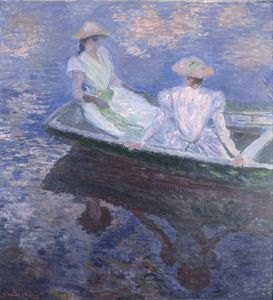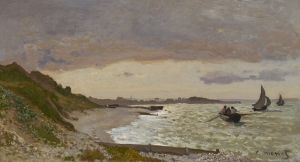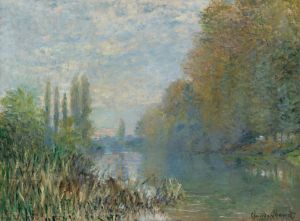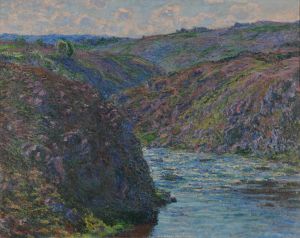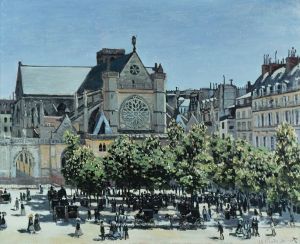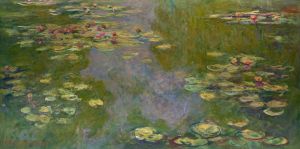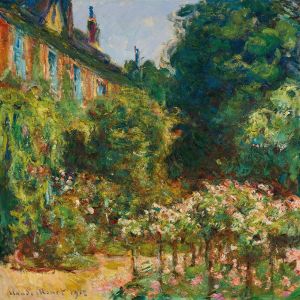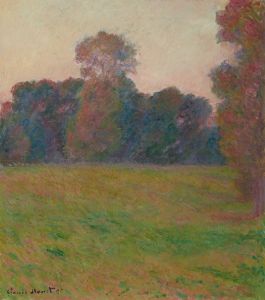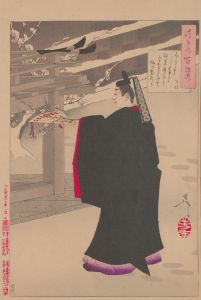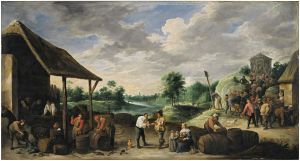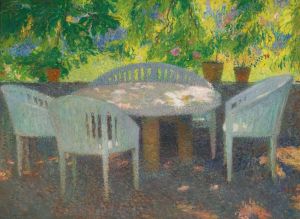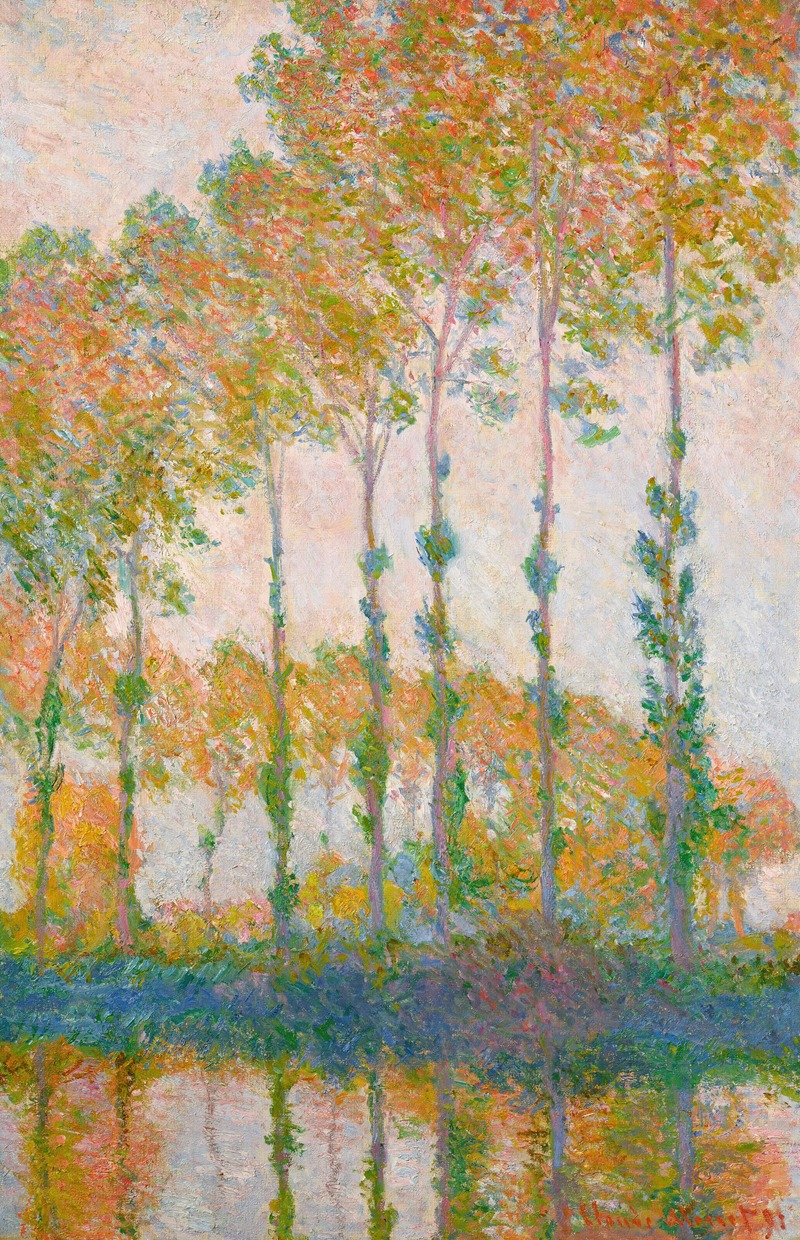
Peupliers au bord de l’Epte, automne
A hand-painted replica of Claude Monet’s masterpiece Peupliers au bord de l’Epte, automne, meticulously crafted by professional artists to capture the true essence of the original. Each piece is created with museum-quality canvas and rare mineral pigments, carefully painted by experienced artists with delicate brushstrokes and rich, layered colors to perfectly recreate the texture of the original artwork. Unlike machine-printed reproductions, this hand-painted version brings the painting to life, infused with the artist’s emotions and skill in every stroke. Whether for personal collection or home decoration, it instantly elevates the artistic atmosphere of any space.
"Peupliers au bord de l’Epte, automne" is a painting by the renowned French Impressionist artist Claude Monet. Monet, a leading figure in the Impressionist movement, is celebrated for his innovative approach to capturing light and atmosphere, often painting the same scene multiple times to capture the changing conditions of light and season.
This particular painting is part of Monet's series of works focusing on poplar trees, which he painted in the 1890s. The poplar series is notable for its exploration of the effects of light and color, as well as its demonstration of Monet's fascination with nature and the changing seasons. "Peupliers au bord de l’Epte, automne" translates to "Poplars on the Banks of the Epte, Autumn," indicating the specific location and time of year depicted in the painting.
The Epte River is a tributary of the Seine, located in the Normandy region of France, near Monet's home in Giverny. This proximity allowed Monet to frequently visit and paint the landscape, capturing the subtle shifts in light and color throughout the day and across different seasons. The poplar trees along the Epte were a recurring subject for Monet, and he painted them from various angles and perspectives.
In "Peupliers au bord de l’Epte, automne," Monet employs his characteristic loose brushwork and vibrant color palette to convey the essence of the autumnal scene. The painting likely features the warm hues of fall foliage, with the golden and russet tones of the leaves contrasting against the cooler blues and greens of the river and sky. Monet's technique of using short, broken brushstrokes helps to create a sense of movement and light, capturing the ephemeral beauty of the natural world.
Monet's poplar series was not only an artistic endeavor but also a personal one. The artist reportedly entered into an agreement with a local timber merchant to delay the felling of the trees until he had completed his series of paintings. This anecdote highlights Monet's dedication to his art and his deep connection to the landscape around him.
The poplar paintings, including "Peupliers au bord de l’Epte, automne," are considered significant works within Monet's oeuvre. They exemplify the Impressionist movement's focus on capturing the fleeting effects of light and atmosphere, as well as Monet's mastery of color and composition. Today, these paintings are celebrated for their beauty and innovation, and they continue to be studied and admired by art enthusiasts and scholars worldwide.
Monet's influence on the art world is profound, and his works, including the poplar series, have left a lasting legacy. "Peupliers au bord de l’Epte, automne" stands as a testament to Monet's skill and vision, offering viewers a glimpse into the serene and ever-changing landscape that inspired one of history's greatest painters.





